Oral
AI: Prognostic & Predictive Models
ISMRM & ISMRT Annual Meeting & Exhibition • 10-15 May 2025 • Honolulu, Hawai'i

| 15:45 |
Introduction
Sola Adeleke
|
|
| 15:57 |
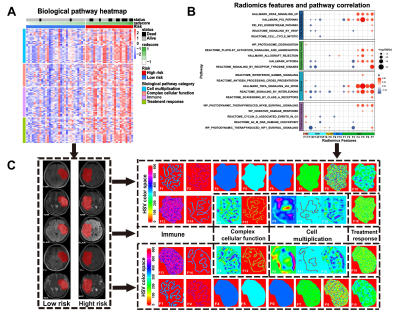 |
0987. Radiomic
profiling for IDH-mutant astrocytoma stratification with
distinct biologic pathway activities
C. Zhang, J. Yan, K. Wang
The First Affiliated Hospital of Zhengzhou University, Zhengzhou, Henan, China
Impact: Our study introduces a prognostic Radscore for
non-invasive stratification of IDH-mutant astrocytomas. This
score is informed by biological pathways associated with
immunity, proliferation, cell function, and treatment
response, thereby supporting targeted therapies and
personalized management.
|
| 16:09 |
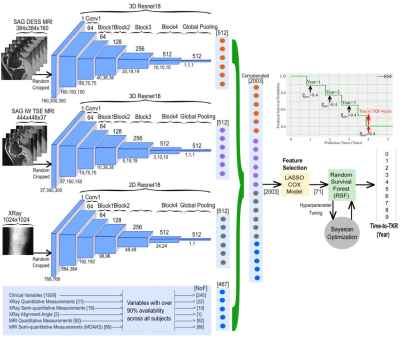 |
0988. Estimation
of Time-to-Total Knee Replacement Surgery with Multimodal
Modeling
O. Cigdem, H. Rajamohan, K. Cho, R. Kijowski, C. Deniz
New York University Grossman School of Medicine, New York, United States
Impact: Our model, using AI, survival analysis, and
multimodal approaches, enhances TKR decision precision by
accurately predicting time-to-TKR within 9 years, supporting
personalized osteoarthritis treatment. It enables biomarker
exploration and promotes early intervention strategies in
knee osteoarthritis.
|
| 16:21 |
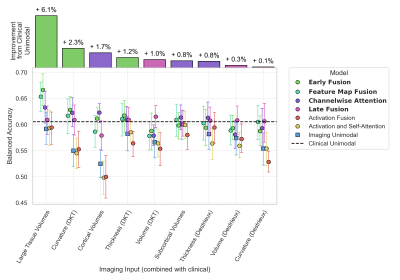 |
0989. Comparison
of Imaging-Derived Features and Multimodal Models for Prognosis
Prediction in Motor Neuron Disease
F. Townend, A. Ijishakin, E. Spinelli, S. Basaia, Y.
Falzone, P. Schito, M. Filippi, J. Grosskreutz, F.
Agosta, R. Steinbach, A. Malaspina, J. Cole
University College London, London, United Kingdom
Impact: This study demonstrates that integrating
routinely collected MRI, typically not used for prognosis,
with clinical data can enhance prognostic predictions in
motor neuron disease without additional patient data
collection, as found through a comprehensive evaluation of
models and imaging features.
|
| 16:33 |
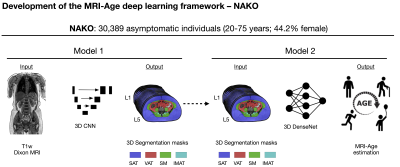 |
0990. Deep
learning-based biological age estimation from magnetic resonance
imaging predicts cardiometabolic outcomes in the general
population
M. Jung, M. Reisert, S. Rospleszcz, C. Schlett, M. Lu, F.
Bamberg, V. Raghu, J. Weiss
Massachusetts General Hospital, Boston, United States
Impact: Individuals at high MRI-Age could benefit from
personalized prevention strategies, lifestyle interventions,
and treatment planning.
|
| 16:45 |
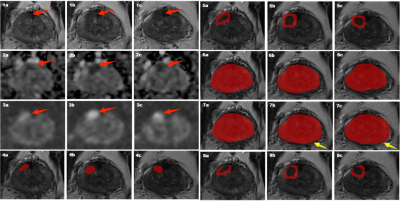 |
0991. Semi-automated
Biparametric MRI Peritumoral Radiomics for Predicting the Risk
of Positive Surgical Margin in Patients with Prostate Cancer
H. Xu, Q. Du, L. Xie, B. Liu, X. Bai, H. Ye, H. Wang
1st Medical Center of Chinese PLA General Hospital, Beijing, China
Impact: A semi-automated bpMRI-based peritumoral
radiomics can efficiently predict the risk of PSM.
|
| 16:57 |
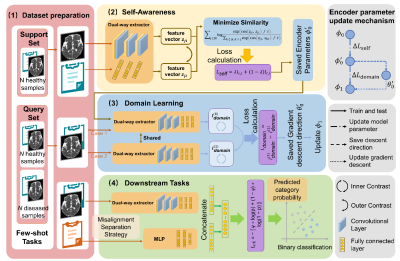 |
0992. Meta-Learning-Driven
Few-Shot Contrastive Learning for Stroke Prognosis Prediction
across Multimodal Datasets
H. Peng, R. Zheng, Y. Zhang, C. Wang, H. Wang
Institute of Science and Technology for Brain-Inspired Intelligence, Fudan University, Shanghai, China
Impact: This research advances stroke recovery
prediction by enhancing model robustness and generalization
with limited data. The framework's ability to integrate
diverse datasets could improve clinical decision-making in
stroke rehabilitation, addressing a critical gap for
accurate predictive modeling in this domain.
|
| 17:09 |
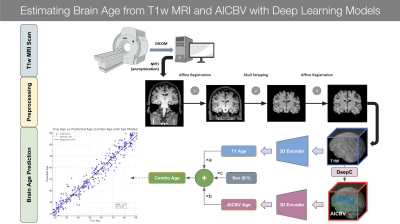 |
0993. Enhancing
Brain Age Estimation with a Multimodal 3D CNN Approach Combining
Structural MRI and AI-Synthesized Cerebral Blood Volume Data
J. Jomsky, Z. Li, Y. Zhang, A. Cao, J. Guo
Columbia University, New York, United States
Impact: By integrating functional AICBV data with
structural T1w MRI, this study enhances brain age
estimation, offering a non-invasive, cost-effective tool for
early diagnosis of cognitive decline. It opens new research
avenues in neurodegenerative disease detection and
personalized brain health assessments.
|
| 17:21 |
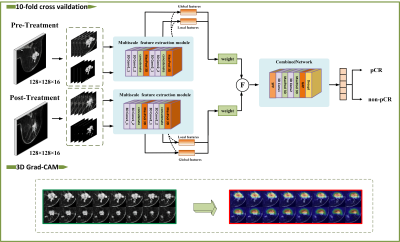 |
0994. A
Spatiotemporal Explainable Model for Predicting Pathological
Complete Response to Neoadjuvant Chemotherapy Using Breast
DCE-MRI
H. Yang, Y. Ren, M. Wang, D. Luo, W. Cui, Z. Hu, Z. Liu, N.
Zhang
Paul C. Lauterbur Research Center for Biomedical Imaging, Shenzhen Institute of Advanced Technology, Chinese Academy of Sciences, ShenZhen, China
Impact: This proposed method provides a more
comprehensive understanding of the dynamic changes within
the tumor, thereby improving the effectiveness of response
assessment and offering valuable technical support for
predicting neoadjuvant chemotherapy efficacy in breast
cancer.
|
| 17:33 |
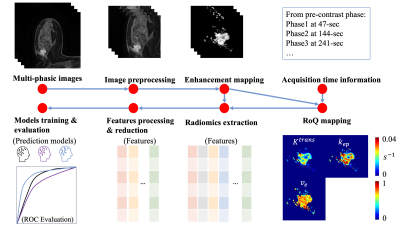 |
0995. Prediction
of Early Neoadjuvant Chemotherapy Response of Breast Cancer
through Deep Learning-Based Pharmacokinetic Quantification of
DCE-MRI
C. Wu, L. Wang, N. Wang, S. Shiao, T. Dou, Y-C Hsu, A.
Christodoulou, Y. Xie, D. Li
Cedars-Sinai Medical Center, Los Angeles, United States
Impact:
This study introduces a quantitative, generalizable approach to early prediction of neoadjuvant chemotherapy (NAC) response in breast cancer, unlocking noninvasive imaging biomarkers with enhanced predictive accuracy and generalizability, thereby facilitating personalized treatment decisions without modifying clinical imaging protocols. |
The International Society for Magnetic Resonance in Medicine is accredited by the Accreditation Council for Continuing Medical Education to provide continuing medical education for physicians.